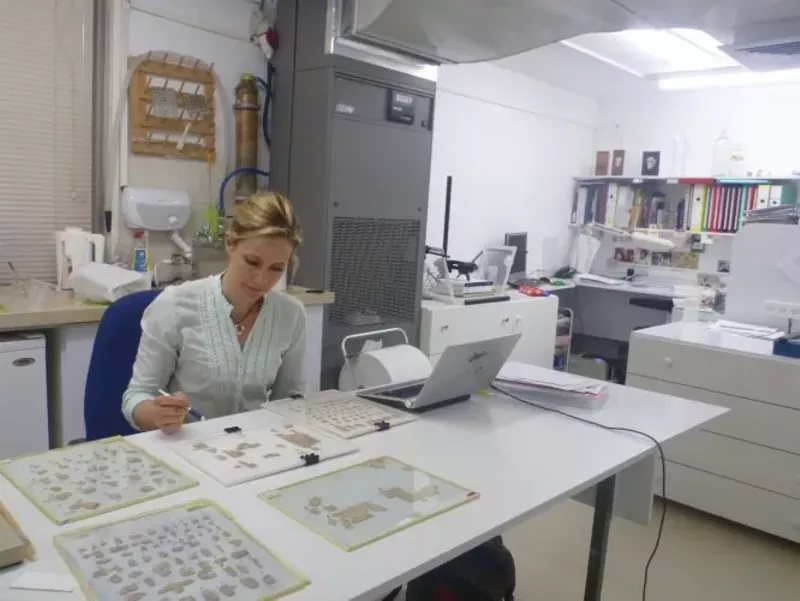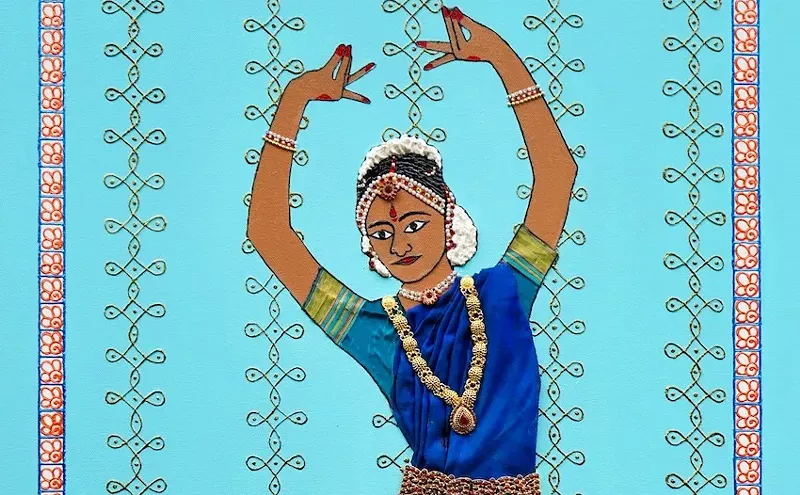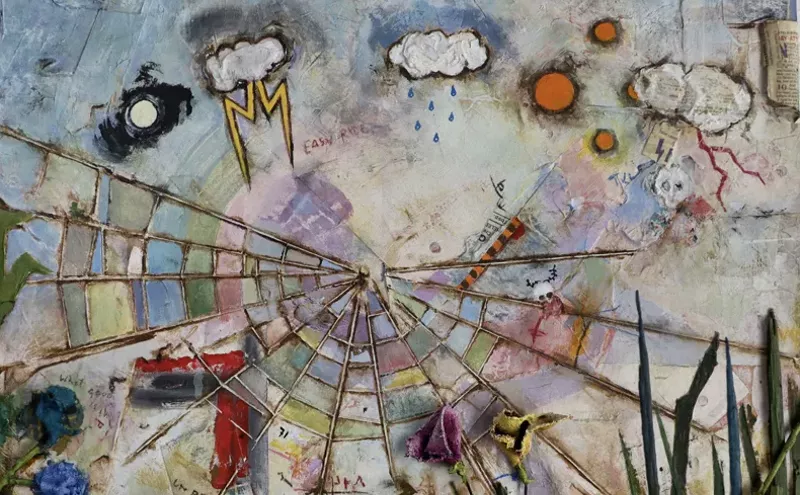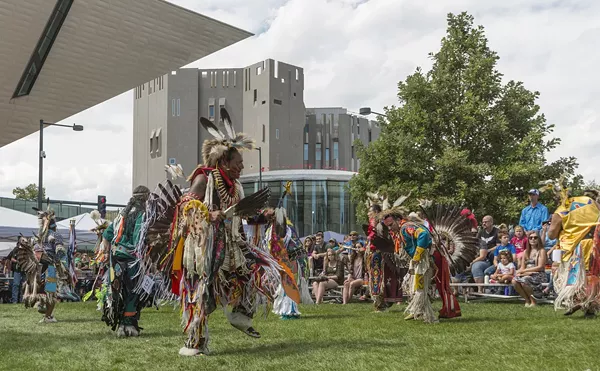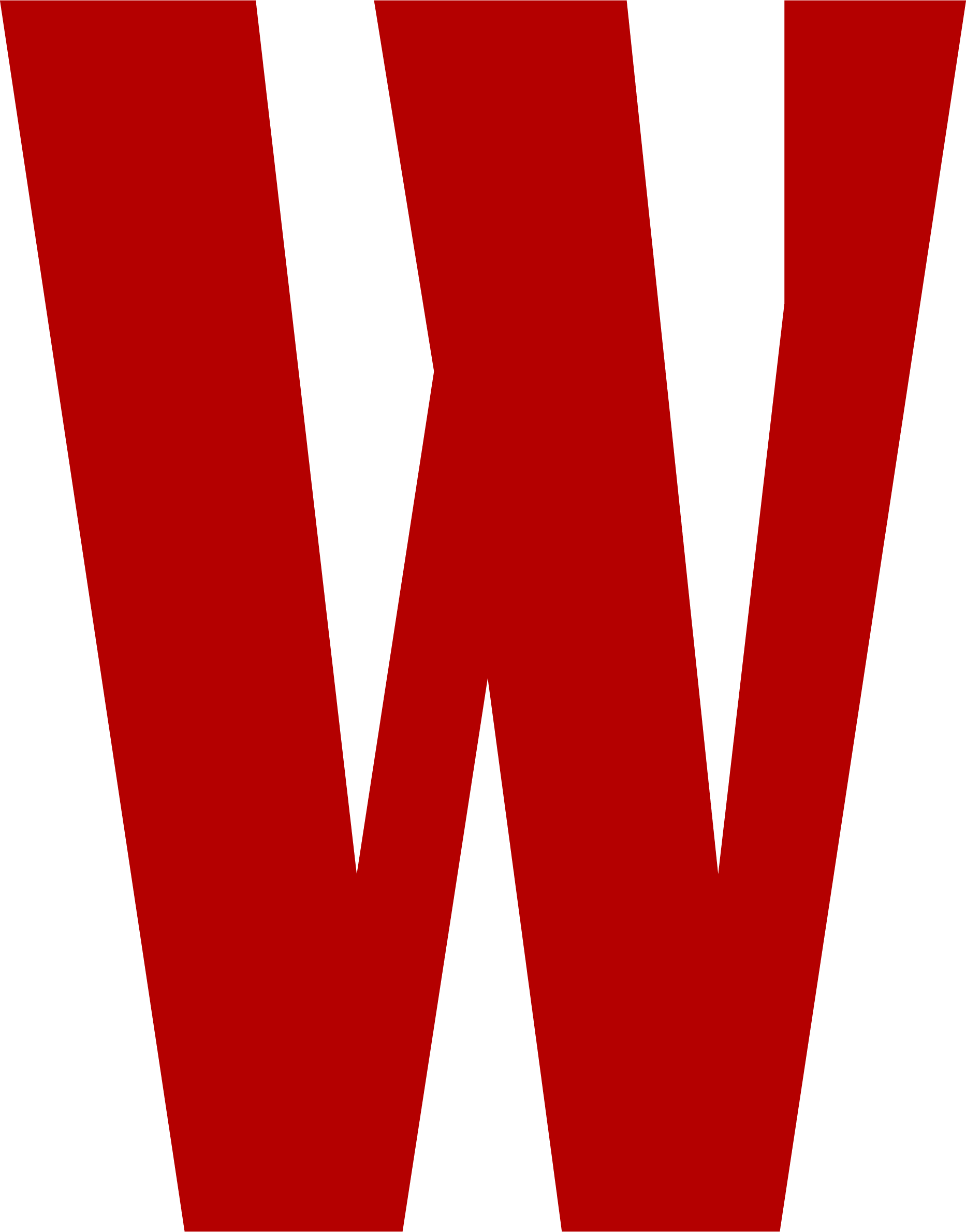On display is the largest collection of artifacts to ever leave the Holy Land. There are over 600 objects, including clay pottery, jewelry and other artifacts from around the time of Jesus. The exhibit culminates with some of the Dead Sea Scrolls themselves. For preservation purposes, ten of them will be on display during the first part of the run and will be replaced by another ten halfway through.
The Dead Sea Scrolls comprise scraps of ancient manuscripts, a few nearly intact, from the eighth century B.C.E. to the eleventh century C.E. and an early copy of the Hebrew Bible. They were found in the Qumran Caves, near the Dead Sea, in the mid-1940s.
“If you think of our newspaper in our landfills, it usually disintegrates in about six weeks,” Schofield says. The discovered documents survived thousands of years, in part because of extremely dry weather. Most of the scrolls were written on leather, papyrus or even copper. Archeologists are working to reassemble them.
Schofield says debate over who rightfully controls the Dead Sea Scrolls made it a challenge to open the exhibit. The Qumran Caves are in the hotly contested West Bank, where Palestinians and Israelis have fought over ownership of the land since Palestinians were expelled from their homes and the State of Israel was formed seventy years ago, in the wake of British colonial rule.
In 2017, Germany, which had planned to host the exhibit, cancelled it in response to Palestinian claims of ownership.
“There is always a debate on who should have access,” Schofield says. Muslims, Christians and Jews have also laid claim to the scrolls and other artifacts from the region, based on religious reasons.
With help from the Israel Antiquities Authority, the Museum of Nature & Science opened the exhibit, which includes new translations and scholarship on the scrolls uncovered by modern technology.
When the scrolls were first found, researchers didn’t know they had discovered an entire library of works. There are over 900 transcripts the modern world hasn’t been aware of until recently. Today, high-resolution images allow researchers to see ink marks they didn’t know existed before, helping them date and decode the texts.
Schofield, who has been studying the Dead Sea Scrolls for over two decades, is focused on a piece of writing called "The Community Rule" that details the rules of the Jewish community. It had been previously incomplete, but she discovered mislabeled fragments and reassembled the scroll.
That process involves more than just putting together pieces like puzzles; 3-D imagery allows researchers to see the follicle pattern of the leather the scrolls were written on.
“The follicle pattern is like a fingerprint,” she says. So they can match the scrolls based on these specific patterns.
Tech aside, the scrolls offer wisdom for modern times, for Christians, Jews and Muslims alike, she says.
“Even if you are not of a religious persuasion or have grown up in a religious persuasion, it’s fascinating that it gives you a look behind the best-selling book of all time,” she says. “It gives you a sense for some of the
Schofield says the main takeaway she hopes people gain from the exhibit is how similar Western religions — Islam, Christianity and Judaism — are to each other, by reflecting on antiquities from the region and these lost yet foundational texts.
All such religions "are from the same cultural bed and textual bed, “ she says. “It’s a great takeaway to understand that these religious traditions are a lot more like each other than we imagine.”
Dead Sea Scrolls, through September 3 at the Denver Museum of Nature & Science,
Correction, April 12, 2018: This story incorrectly stated that Schofield is a professor at the University of Colorado Denver. In fact, she is a professor at the University of Denver. We regret the error.

